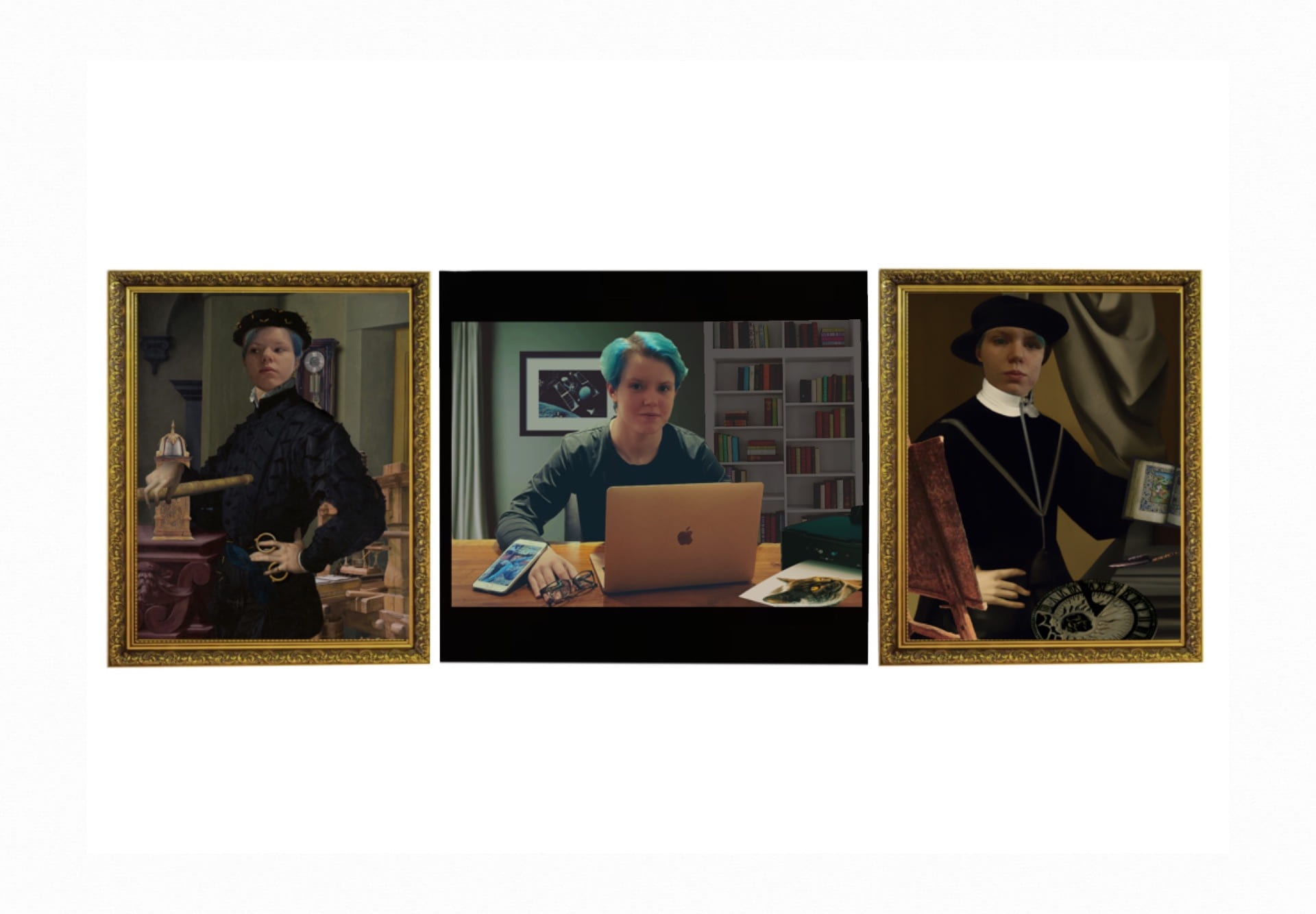Hi!! This is a blog post about a Renaissance project in humanities. The project was focused around Renaissance innovations and how they changed the world! The work above is my finished triptych. The idea of this triptych is to visually represent how innovations from Asia and Europe changed the world! This was project was a combination of research and art and I’m excited to share it with you.
Thesis:
Todays society benefits from Renaissance innovations as they provided the foundation for modern interpretations and developments of core transformative inventions.
Intro:
The Renaissance, meaning rebirth, was a time of invention and development spanning from the 1300’s to the 1600’s. Through the creation of a triptych, I am representing the impacts of inventions in the Renaissance and how they live on to this day.
Left panel:
Innovations in the Renaissance changed the Renaissance world by providing a new way of spreading information, an accurate way of keeping time, the ability to improve sight, and by extension of these innovations, learning. While there were written ways to share information way before the Renaissance, the invention of the printing press established the opportunity to spread messages quickly and ultimately cheaper therefore information became far more accessible to anyone who could read. Johannes Gutenberg was credited as the inventor of the printing press in 1436 and though he never lived to see the widespread impact of his invention the immense impact of the creation lives on to this day. Thanks to mechanical clocks Renaissance people were able to accurately tell time by the hour! The first mechanical clock was made by Christiaan Huygens in 1656 and patented in 1657, an important development before the mechanical clock was fully invented is Galileo’s creation of the clock escapement. An instrument that changed the way Renaissance people saw the universe is the telescope. The telescope was invented in 1608, during this time multiple Dutch lensemakers created telescopes, ultimately credit goes to Hans Lippershay who was the first to apply for a patent. Another important person that furthered the early development of the telescope was Galileo Galilei who in 1609, days after hearing of the first telescope, made an improved version of one that could magnify three times more than the naked eye, not long after he made improvements and could magnify eight times, and eventually twenty. Galileo was also responsible for first using a telescope to observerve and learn about the stars!! It’s difficult to say who the original inventor of the eyeglasses was, but what I can tell you is how they affected the Renaissance world. Glasses allowed people who would typically be unable to continue with their craft do to visual issues, the opportunity to pursue them. I assume those who benefited most were mature of age and wealthy as reading wasn’t as common. All of these innovations are examples of the learning and growth that encouraged people to think critically and challenge ideas during that era.
Right panel:
Traditional ideas from before and early Renaissance benefited only those in power, promoted patriarchal ideologies and strayed away from science. Ideas used prior to the renaissance included writing only with pen and quill, using water clocks and sundials, which were unreliable and inefficient. For example sundials only work during the day and water clocks become ineffective when water freezes over. Early Renaissance continued these methods resulting in people being reliant on those in power, specifically the church and the wealthy. The church was an extremely successful institution during this time because people lacked the knowledge that they could think for themselves. Instead, the vast majority of people lived a life of following versus creating and recognizing the power of the individual. During this time women were not allowed opportunity. Wives were seen as property to their husbands. With the dominance of the church in this era society continued to perpetuate patriarchal principles. Newer Renaissance did not erase the gender or class divides, but with more critical thinking came the understanding from some that all humans have worth and can contribute.
Middle panel:
Ideas from Europe and Asia changed the world by creating the base knowledge and first iterations for inventions we use today including printers, phones, and a variety of lenses that are central to our society current day. Inventions that to the modern eye appear simple such as the lens and telescope were the first developments for complex machinery used today, like NASA telescopes. Another lens, glasses, which are largely used in today’s society are not only used for functionality but also fashion and self expression. The variation of style options and functional, for example bifocals or transition lenses, are ever expanding. Glasses started out as a far more simple creation than we see today. Another central innovation which has undergone a multitude of renditions since the Renaissance is the printing press. Without the printing press reading wouldn’t be as engrained in our society and therefore learning and our educational institutions would be a lot more barren. I certainly doubt I would be in PLP today and would miss one of my favourtie pass times, reading. Who knows what writing would look like today without the printing press! With these advancements in technology which led to greater critical thinking I can see the direct impact of the Renaissance on me.
restating and conclusion:
In conclusion, the expansion of critical thinking during the Renaissance resulted in the creation and development of tools which promoted the development of society. These tools and ideologies have undergone advancement since this time and therefore have been foundational to current day society. As a nonbinary, assigned female at birth adolescent I am able to share my opinions, develop my own thoughts and am encouraged to question and respectfully challenge authority. This would not have been possible in the Renaissance but also wouldn’t be possible today without it.
Thanks for reading. 🙂
